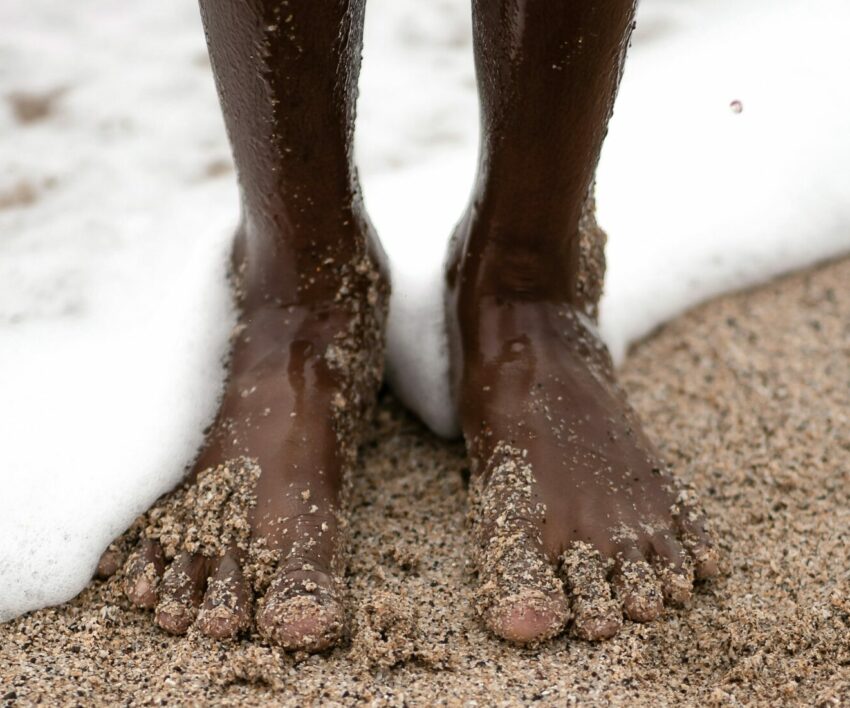
The health of every body part is important, even the littlest organs matter, and if they are not functioning fully, the whole body somehow gets affected. Your feet too.
Our feet often go through a lot, they are exposed to different environments all the time, be it dryness, warmth, or moist. They are also likely to get infections.
There’s a common fungal infection called the athlete’s foot, according to the Cleveland Clinic, “Athlete’s foot causes an itchy, stinging, burning rash on the skin on one or both of your feet. It is most common between your toes, but it can also affect the tops of your feet, the soles of your feet and your heels.”
The above clinic states that there are different types of this infection, which include:
- Toe web infection: This is said to commonly affect the skin between the fourth toe and the fifth toe, causing colour changes, cracks, peeling, or flaking.
- Moccasin-type infection: Affects bottoms, heels, and edges of feet, causing soreness, thickening, cracking, and infected toenails, states the clinic.
- Vesicular-type infection: The Cleveland states that this typically affects bottoms, but can appear anywhere on feet, featuring bumps or fluid-filled blisters.
- Ulcerative infection: “An ulcerative infection is the rarest type of athlete’s foot. Open sores (ulcers) often appear between the toes. Open sores may also appear on the bottoms of your feet.”
Amongst many, a few remedies suggested to treat the infection are:
Hydrogen peroxide: Healthline states that hydrogen peroxide can kill fungus on the surface of the foot and bacteria. “Pour hydrogen peroxide directly onto the affected area. Note that it may sting, and it should bubble, especially if you have open wounds. Do this twice daily until the infection subsides.”
Tea tree oil: The above source further mentions that tea tree oil, known for its antifungal and antibacterial properties, is commonly used to treat fungal infections like ringworm and candidiasis. “One 2002 study found that applying tea tree oil daily could treat both the symptoms of athlete’s foot and the fungus that causes it within a few weeks.”
Garlic: According to Medical News Today, garlic has a long history of medicinal use, with studies showing its effectiveness against fungi and bacteria. Fresh garlic extract is said to have the ability to kill or stop Candida growth (a common fungus that infects humans). Furthermore, ajoene, a compound found in garlic, is said to have been shown to cure athlete’s foot. “A garlic foot soak using fresh garlic cloves is one way for people to try this remedy at home. Crush three to four garlic cloves and stir them into a basin of warm water. Soak feet for 30 minutes, twice a day for up to a week.”
Also see: Tips to remedy water retention




